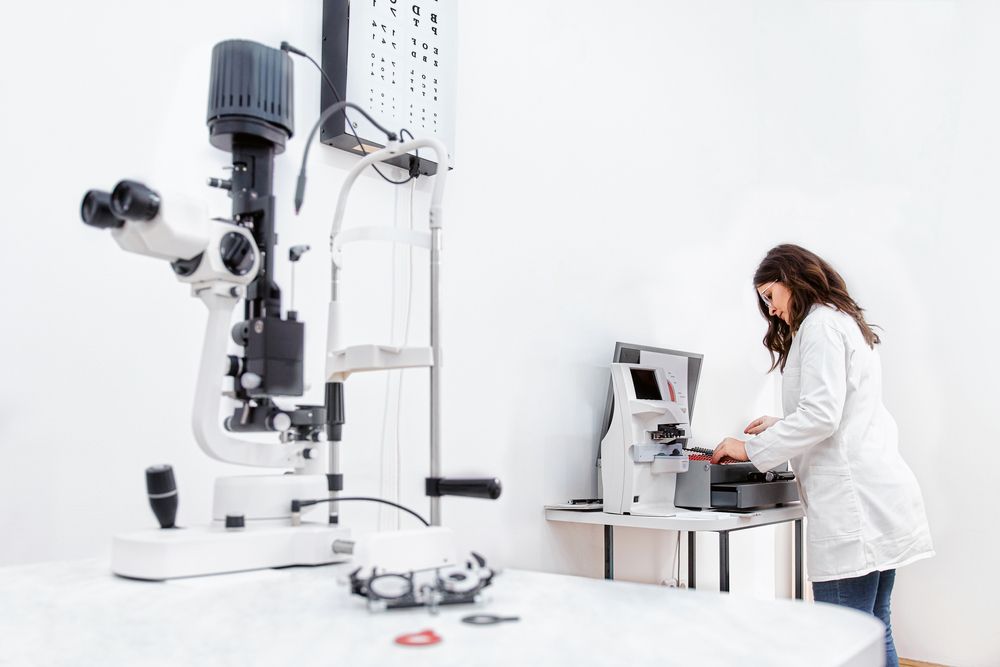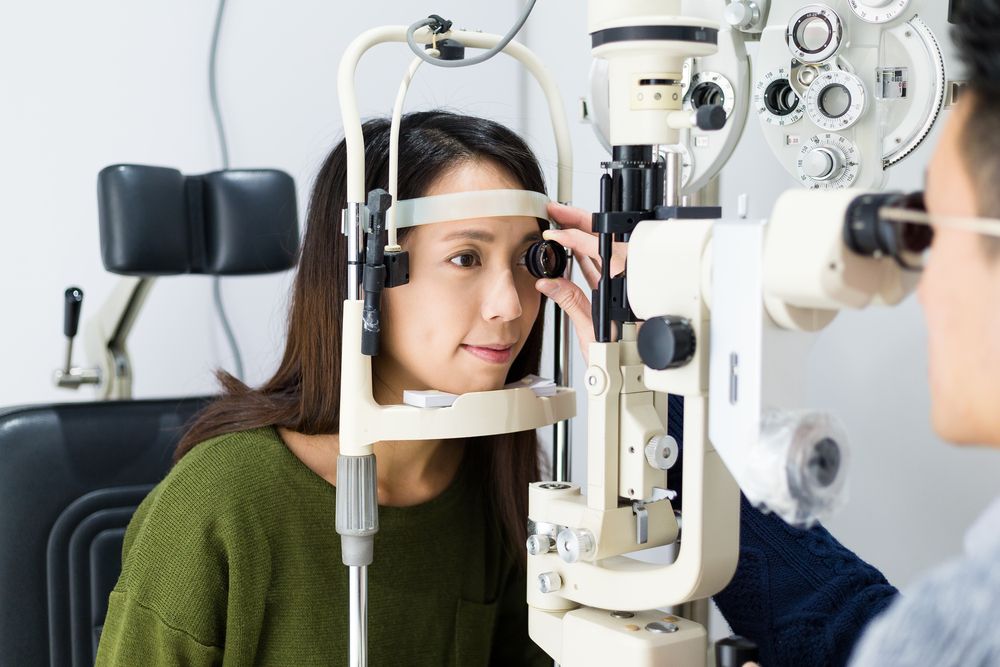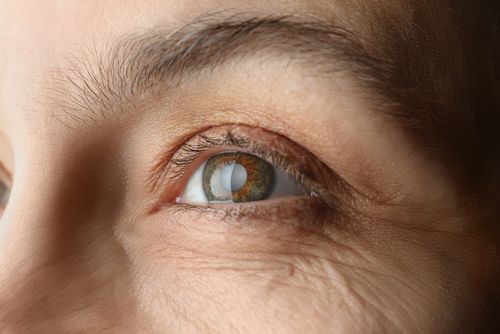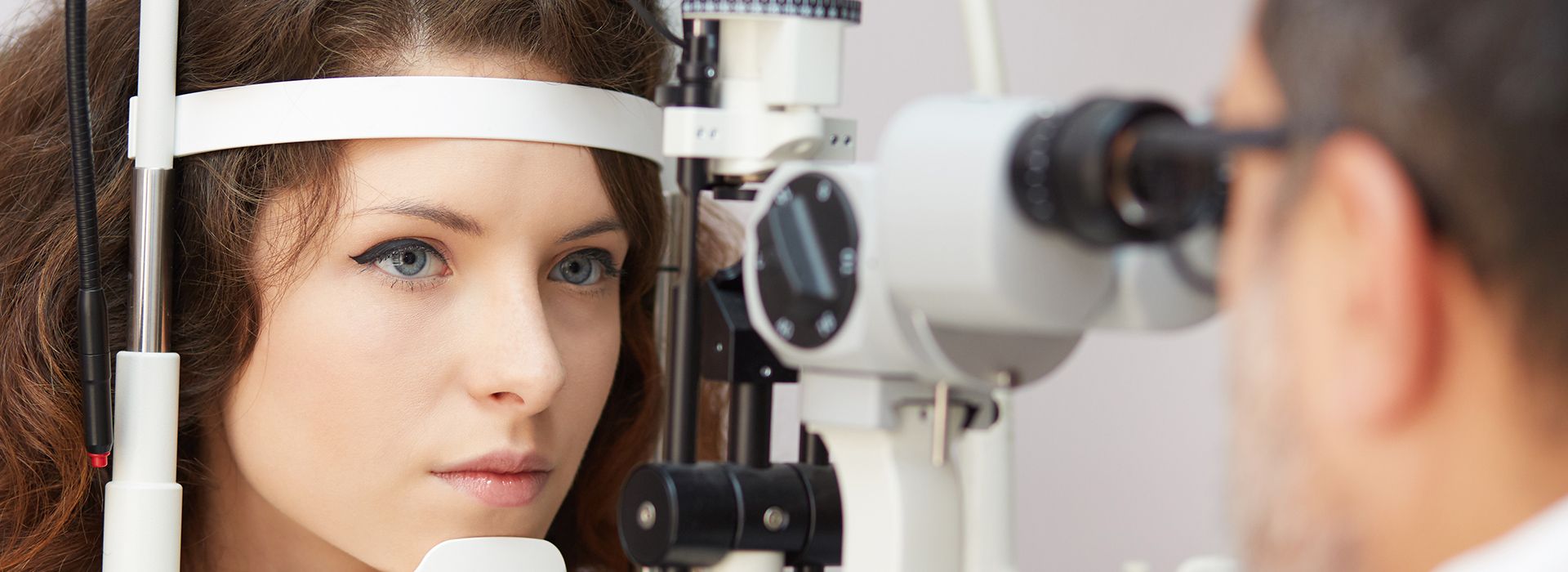Fier Eye Care & Surgery Center Blog
Learn more about optometry care in our blog!

November as the diabetic eye disease month aims to spread and increase awareness of diabetic eye disease and diabetes. It is a special time to encourage everyone with diabetes to visit their doctors for treatment of their vision problems.

Eyeglasses and contact lenses play a vital role in helping with vision correction. However, they can be inconvenient, or you may prefer a solution that does not involve being dependent on them. Have you ever had to fog off your eyeglasses after sipping some hot tea or tried to wear your contact lens and lost it in the drain of your sink? If anything of that nature has ever happened to you, you understand the frustration.

Ophthalmologists are medical professionals who specialize in eye care. Their qualifications go beyond those of opticians and optometrists. A general practice doctor will refer you to an ophthalmologist if they notice you have eye infection symptoms or conditions. Here is a look at what ophthalmologists do and the conditions they treat.

Cataracts are one of the most common eye conditions in the world and a leading cause of vision loss. By 2050, the number of people in the United States with cataracts is expected to double from around 24.4 million to more than 50 million. Fortunately, there is a treatment which can restore your vision.

Glaucoma is estimated to affect 3 million Americans and is the second leading cause of blindness worldwide. Glaucoma occurs when there is too much pressure inside the eye. This pressure causes damage to the optic nerve which is the main nerve running between the eyes and brain and is responsible for transmitting messages telling us what we can see.

Eyelid drooping, also known as ptosis, occurs when an individual’s upper eyelids sag or droop. Different factors can contribute to eyelid drooping. The droop may be slight, or it can be severe enough to affect a person’s sight. In some cases, especially for children, the condition can resolve itself with time. Some people do not require treatment, but others will require a procedure to correct drooping. There are several ways to fix droopy eyelids.

Eyes have lenses that act as windows behind the pupil, and they consist of water and clear protein. The lenses help focus light upon the retina, which then transmits it to the brain. As people get older, the proteins in the eye change, turning the natural lens cloudy. This condition is known as cataracts, and it causes things to look blurry with a brownish tint. Your ophthalmologist can correct the condition effectively with intraocular lens (IOL) implants for cataracts.

Eyelids can lose their elasticity and age. As a result, the under eyes become baggy, and your top eyelids begin to droop. The good news is that you can correct this through blepharoplasty.

As we age, parts of our body also age. Macular degeneration is a condition that comes with age and causes the progressive loss of vision. It compromises your ability to go about your daily activities.

Age-related macular degeneration is one of the leading causes of low vision in people over 50. It is more widespread than glaucoma or cataracts. There are no early warning signs, and if there are any, they are not clear. But if you recognize any signs of the condition, you should see a doctor.








